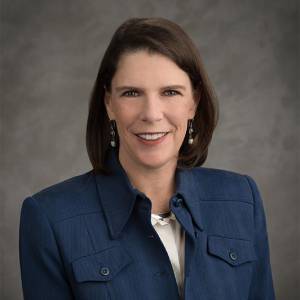Allergy Services in Arlington, Tx
Introduction
Shortly after beginning my Otolaryngology practice in Arlington, I came to recognize an unmet need in the community for an ENT physician who also has an advanced knowledge and interest in treating allergy. I noticed that so many of my patients upper respiratory disorders are caused by or worsened by allergy. As allergy is part of any board certified Otolaryngologist’s training, I realized that many of my patients would get dramatically more benefit out of treating the root cause of their ear, sinus, throat, or breathing problems, rather than just addressing their immediate symptoms. I became frustrated with attempts to get this need met by traditional allergists in the community, whose practices are crowded and who are not interested in treating patients whose allergies they consider to be “minor,” or whose symptoms don’t really fit into the traditional patterns. I began seeking advanced training in allergy from the AAOA, a subspecialty society for allergy within ENT.
Scope of Practice
In 2002 I began performing inhalant allergy testing in my new office. In January 2003 I enrolled my first immunotherapy patients. Shortly thereafter I began testing small children who required other surgical procedures (such as tubes) under general anesthesia, if their symptom pattern and history suggested allergy. We currently test children as young as age 3 in the office. Topical numbing gel makes this minimally traumatic for the young ones, for older patients with needle phobia. In Summer 2003 I added food allergy testing and dietary counseling, with excellent results. I then added sublingual drop immunotherapy as a way to treat patients who need but will not tolerate shots. In 2006 I merged my practice into CPENT and became the medical director of our busy allergy department.
Education
The American Academy of Otolaryngic Allergy is the oldest subspecialty society within ENT, and was founded by the pioneers of the entire field of allergy. They offer basic and advanced courses in otolaryngic allergy with the aim of complete coordinated care for patients suffering from upper respiratory ENT disorders, skin, and food allergy. I completed their Fellowship program and passed the Fellow exam in September 2004. More recently I was named a director and am now serving a term as vice-president of the Pan American Allergy society.
How is ENT Allergy Different?
There are two major ways that ENT allergy treatment varies from traditional methods: first, the testing is done for quantitative as well as qualitative information about inhalant sensitivities. This allows a patient’s starting allergy shots to be mixed at the strongest dose possible for each antigen without compromising safety. Because of this, patients usually experience symptom relief faster, and only require one shot per week rather than two. Additionally, patients with lower level skin reactions still can attain significant relief of their symptoms (patients that usually are not offered shots in a traditional allergy setting.) These treatments can also be combined with surgical treatment of obstructing nasal polyps or other anatomic causes of upper respiratory disease.
The second major difference is the testing and treatment of non-IgE mediated food sensitivities. In contrast to anaphylactic shock type reactions, cyclic food allergy (or food intolerance) to commonly ingested foods can cause a broad range of vague symptoms in addition to typical upper respiratory congestion and eczema. Recent scientific publications now point to IgG immune complexes as being responsible for these conditions. Rotation diets are very effective in managing these problems once the offending foods are identified. I am also experimenting with neutralizing unintended exposures to offending foods. This appears to work by triggering endogenous prostaglandin release to block acute reactions.

